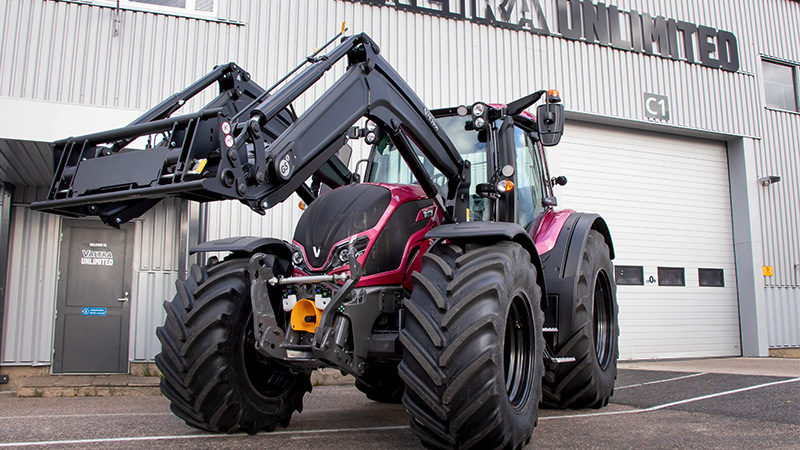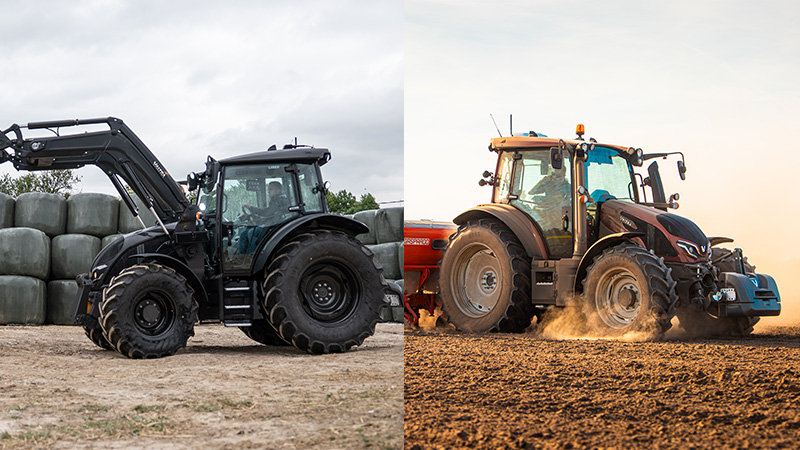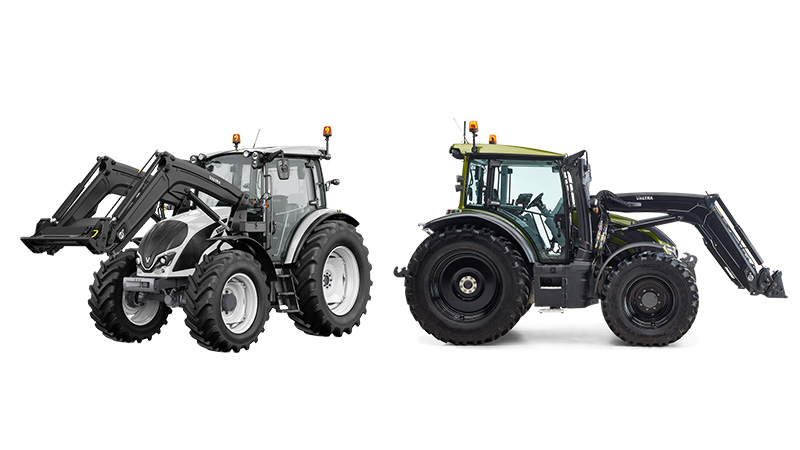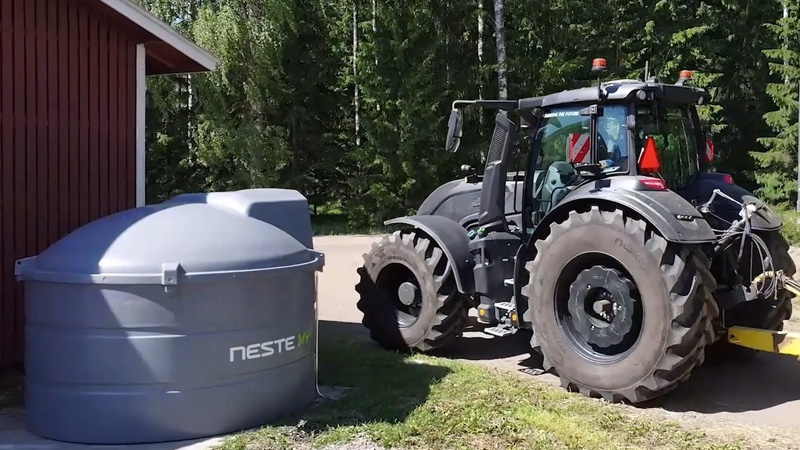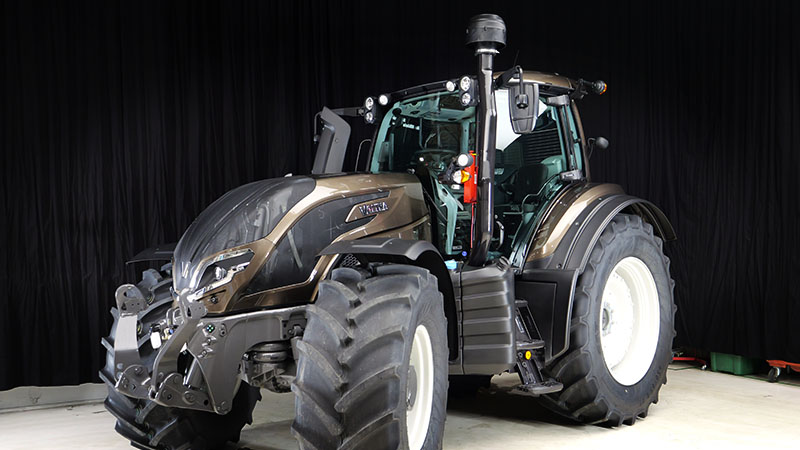The Farm to Fork Strategy of the European Green Deal sets stringent targets for agriculture that are guided by agricultural policy. These changes will also be felt in tractor work over the next ten years.
All Farm to Fork goals share the common aim of protecting the environment. At the same time, the global population continues to grow by around 80 million people each year, and everyone has to be fed.
“We still have to produce at least the same amount of food, even though restricting the use of fertilisers and pesticides will in principle reduce yield levels. Approximately 40 million hectares of arable land in the EU are to be transferred to organic production, which will also decrease yield levels. This puts a lot of pressure on farmers,” says Product Marketing Specialist Sam Hardy.
The EU’s Green Deal projects will have an impact on, for example, tillage, fertilisation, plant protection, wayline planning and especially the timing, accuracy and documentation of tractor work.
“Task Doc, Valtra Guide, Section Control and Variable Rate Control can all help achieve these goals. They allow the farmer to reduce nutrient losses and make the use of pesticides and fertilisers much more precise,” Hardy adds.
Precision tillage and crop rotation
The targets will be achieved by combining several methods depending on the farm and the direction of production. The use of pesticides can be reduced, for example, by means of mechanical weed control, diversifying and prolonging crop rotation, and precisely targeting plant protection to areas where pests and weeds are present.
The use of precise Valtra Guide automated steering and ISOBUS implement control will also increase in tillage tasks. For example, the tillage depth can be varied automatically according to different soil types based on GPS data. Using the same tracks for all types of cultivation will also become more common, as this can prevent soil compaction. In general, precision farming, the more accurate use of inputs and the precise documentation of tasks performed will become routine for farmers.
The EU’s goals also contain certain contradictions. For example, the use of plant protection products should be reduced, yet the resulting increase in tillage tasks will increase CO2 emissions. Similarly, organic production should be increased, yet at the same time a more plant-based diet is being encouraged, which would result in less manure for organic farming.
“We are exploring solutions to the environmental and political challenges posed to agriculture. While the targets are tough, they can be met with the right tools and methods. At the same time, new opportunities are being created for successful agriculture,” Hardy says.
Four European Farm to Fork targets for 2030
- 25% of total farmland to be used for organic farming
- 20% less fertiliser use
- 50% less nutrient losses
- 50% less pesticides
